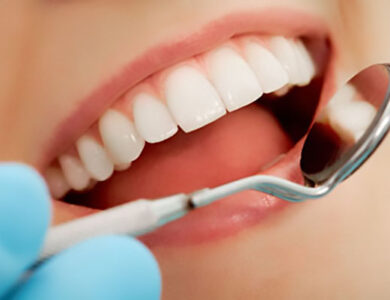Tips For Teaching Your Child Good Oral Hygiene Habits

Teaching your child good oral hygiene habits is crucial for their lifelong health. You play a key role in establishing these routines early. Start by making toothbrushing a fun part of their day. Allow your child to pick their toothbrush and toothpaste. This small choice can make brushing more exciting. Another tip is to brush together. Show them the right way to brush their teeth, ensuring they reach every corner. Sing a song or use a timer to keep the session engaging. Visiting regularly with a kids dentist Modesto can reinforce these habits and catch any problems early. The dentist can offer advice and support, making dental health a team effort. Remember, your actions can create a positive attitude towards dental care. Together, these steps can build a foundation for healthy smiles. Instilling these habits now can help them for the rest of their lives.
Understand the Basics
Before teaching your child, it’s important to understand the basics of oral hygiene. Children need to brush their teeth twice a day, morning and night. Brushing should last for two minutes. Flossing begins when your child has two teeth that touch. These basics can guide daily routines and create a structured approach.
Use Educational Tools
Educational tools can make learning fun and effective. Use kid-friendly toothbrushes with fun characters. Apps and videos can teach proper brushing techniques. These resources can maintain your child’s interest and make oral hygiene a natural part of their daily routine.
Lead by Example
Your child learns by watching you. Brush and floss your teeth alongside them. This shared activity shows that oral care is important and routine. You can also share stories of your own dental visits to set a positive example.
Monitor Their Progress
As your child learns, monitor their progress. Check their brushing and flossing technique. Offer gentle corrections and praise. Encouragement can go a long way in reinforcing good habits.
Reward Consistency
Reward systems work well for children. Use a chart to track their brushing and flossing. Offer small rewards for consistently meeting goals. This positive reinforcement can motivate them to stick with their routine.
Teach About Healthy Foods
Nutrition plays a key role in oral health. Explain how sugary snacks can lead to cavities. Encourage snacks like fruits, vegetables, and cheese. These foods support healthy teeth and gums. Teaching this connection can help your child make better food choices.
Regular Dental Visits
Regular visits to the dentist are essential. Schedule check-ups twice a year. These visits can prevent problems and provide professional cleanings. Your dentist can also reinforce what you’ve taught at home. The CDC offers more information on the importance of dental visits.
Comparison Table: Toothbrush Types
| Type | Pros | Cons |
|---|---|---|
| Manual | Inexpensive, widely available | Requires proper technique |
| Electric | Effective, easy to use | More expensive, requires charging |
Addressing Concerns
Sometimes, children are resistant to brushing. Address fears or concerns calmly. Explain that brushing prevents “sugar bugs” from hurting their teeth. Use stories or illustrations to make this point relatable and less scary.
Check for Developmental Milestones
As your child grows, their dental needs change. Track their developmental milestones. Ensure new teeth are brushed as soon as they appear. Keep up with regular dental assessments to ensure everything is on track.
Create a Supportive Environment
Ensure your bathroom is a supportive environment for good oral hygiene. Keep supplies within easy reach. Use holders for their toothbrush and toothpaste. A tidy space can make the routine feel more inviting.
Conclusion
Teaching oral hygiene is an investment in your child’s health. By following these tips, you can help them build lifelong habits. With patience and persistence, your child can learn to take care of their teeth with confidence and pride.



